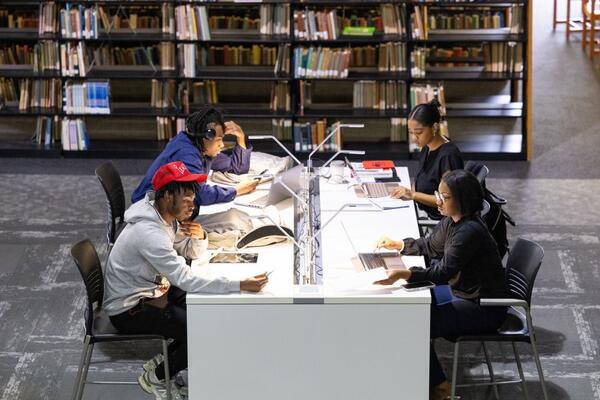
Community College Students Want a Social Life
Belonging is a key predictor in student success; students who are engaged in campus activities and feel they belong to a community within their college are more likely to retain and graduate.
Recently published data from the educational consulting group EAB shows that first-year students at two-year colleges want help connecting with peers on campus; nearly half reported dissatisfaction with their social lives since starting college. The report outlines ways to create engagement and other priorities for community college students.
Community college in context: First- to second-year retention is the greatest predictor of completion for students enrolled in a two-year degree program, according to data from the National Student Clearinghouse Research Center.
Approximately two in five undergraduates are enrolled at a community college, according to 2020–21 data from the U.S. Department of Education. But those students are less likely to complete a degree, in part because 32 percent of first-time, full-time students leave their institution before the second year.
Community colleges are among the most diverse higher ed institutions, with students more likely to be working adults, parents and first-generation learners compared to their four-year peers.
The EAB data identifies key trends in first-year community college students’ experiences and how institutions can improve their retention.
Methodology
EAB’s survey included responses from over 12,600 first-year college students, including 1,531 enrolled in community colleges. The survey was fielded in February and March 2024.
The data: When asked to name the most disappointing elements of their college experience so far, students indicated they felt disconnected from the campus community. Forty-two percent of respondents said their social life was a top disappointment, followed by not making friends or meeting new people. An additional 35 percent of students said they felt as though they didn’t belong.
This mirrors results from a 2025 survey conducted by Inside Higher Ed and Generation Lab, which found that only 20 percent of two-year students rated their sense of social belonging at college as above average or excellent, with the greatest share of respondents indicating they have an average sense of belonging (49 percent). By comparison, 29 percent of four-year students said they had an above average or excellent sense of belonging.
EAB’s report recommends that two-year colleges create small interventions to support students’ desire for community, including arranging drop-in events, hobby groups or peer mentorship programs. Making clubs easier to join through flexible meeting times or virtual meetings can also accommodate learners’ busy schedules, according to the report.
One-third of respondents to EAB’s survey said they were disappointed by classes and academics, and one in five students said faculty had disappointed them.
EAB’s community college survey also found that 32 percent of respondents had experienced bias or exclusion in some capacity since starting college, with the greatest share of respondents saying they faced criticism for their physical appearance or for the high school they attended. The results indicate a need for mechanisms for students to report harassment and connect with mental health supports, according to EAB’s report.
When asked what a “safe campus” means to them, the greatest share of community college respondents selected sufficient support for mental health and wellness (67 percent) and low or no property crime (67 percent). A similar number indicated that low incidence of sexual assault was key to creating a safe campus environment (66 percent).
Mental health concerns are one of the top reasons students of all backgrounds leave higher education, but community college students are even more vulnerable because they can be less financially secure or have fewer resources to address poor mental health.
However, community college counseling centers often have smaller staffs and serve only a fraction of their enrolled students; 2025 data from the Association for University and College Counseling Center Directors found that only 5 percent of all community college students receive support from their counseling center.
When asked what best represents the value of higher education, successful job placement after graduation was the top choice among community college students (44 percent), followed by availability of scholarships (42 percent). Internships, co-ops and active learning experiences (33 percent) were less important than generous financial aid awards (38 percent) and moderate tuition prices.

Source link



